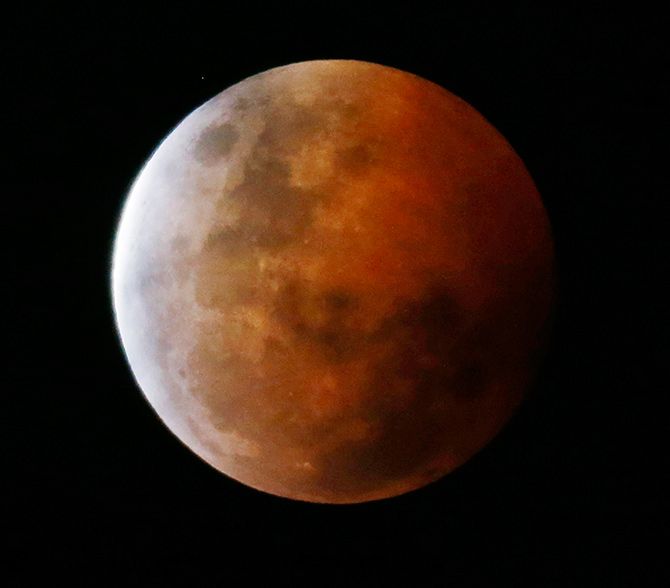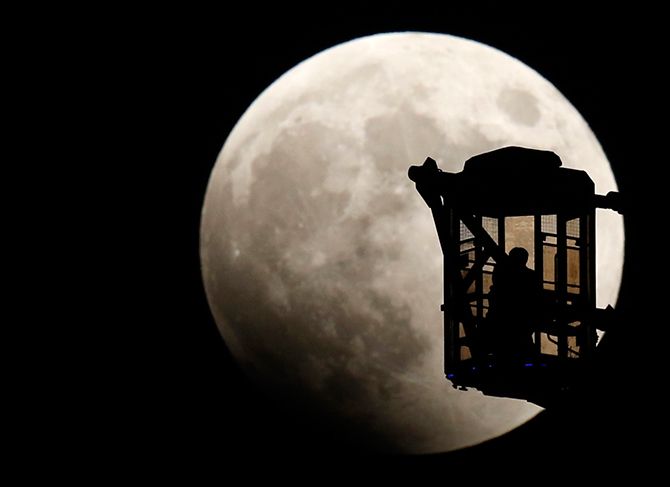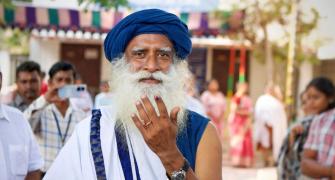Star gazers in India witnessed the last stage of a total lunar eclipse, the second and last one of the year on Wednesday. The moon will be below the horizon during most of the eclipse.

The eclipse that started at 2.45 pm will continue till 6.05 pm IST and will be visible in the region covering Americas, Australasia and Asia.
The maximum eclipse was seen at 4.24 pm and the totality ended at 4.54 pm. The moon will leave the penumbra at 7:04 pm, said Arvind Paranjpye, director Nehru Planetarium, Nehru Centre, Mumbai.

The beginning of the umbral phase was visible at the time of moonset in some parts of Argentina, Brazil, North Atlantic Ocean and Green Land while the ending of umbral phase was visible at the time of moonrise in the Indian Ocean, some parts of India, western parts of China, some parts of Kazakhstan and Russia.

The first lunar eclipse of the year had occurred on April 15.
A lunar eclipse takes place on the full moon night when sun, earth and the moon come on a straight line.

Normally, during the full moon phase that takes place once every month, the moon passes slightly below or above the shadow of earth.
This is because the plane in which the Moon orbits the earth is inclined by about 5 degrees (red lines below).

But on occasions, when moon passes through the shadow zone of the Earth (between blue lines), lunar eclipse is seen.
The shadow of earth has two parts, the central dark part is called umbra and the lighter outer part is called penumbra.









